
Stories from Scotland: Kelvingrove Sets the Tone
Cassandra Hannahs
It’s our second day in Glasgow and we’ve just entered the most popular British museum outside of London: Kelvingrove. Magnificently Victorian, its ornate red-brick exterior hearkens back to the days when Glasgow’s industries powered the Empire. But the atmosphere inside is more informal. Redesigned and reopened in the last decade, the new Kelvingrove is a people’s museum: engaging, accessible and full of surprises.
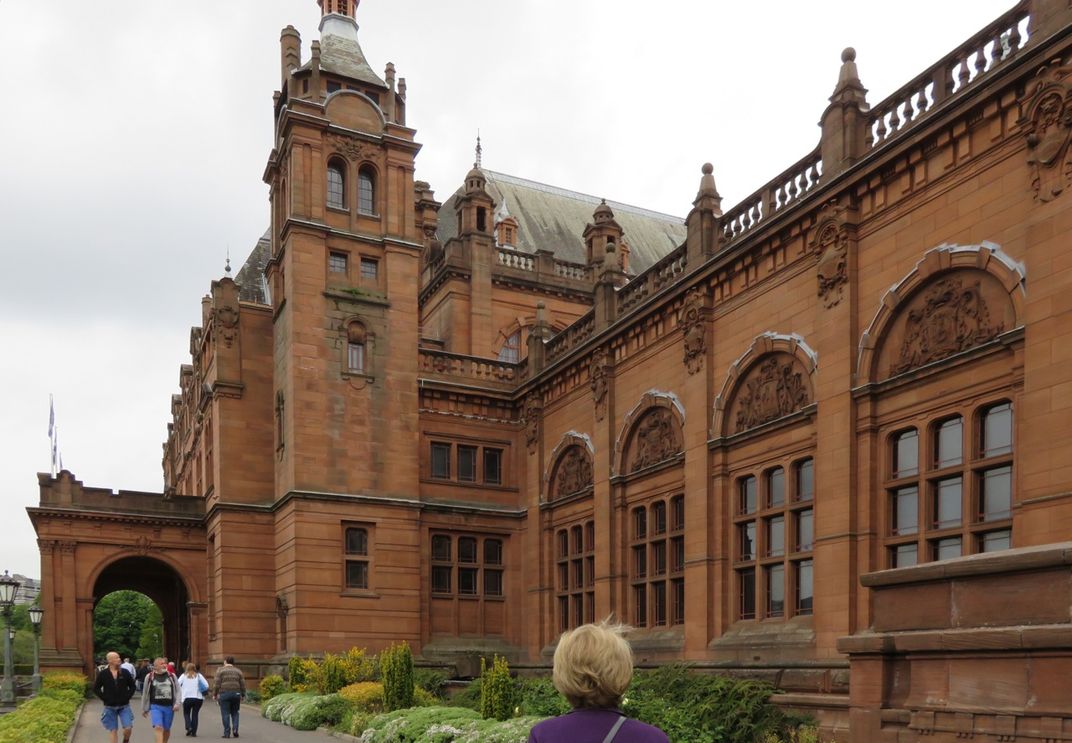
Kelvingrove Museum. Credit: Janice Gimbel
Case in point: the first thing we see after entering the museum is a collection of fifty disembodied heads hanging from the ceiling. Stark white faces on this exhibit express a range of emotions from joy to sorrow, and their eyes follow us as we explore the east court. People who like it call it fun: “Like a release of balloons, the heads bring lightness and humour to a grand building.” That’s how one of the museum’s renovators describes this installation. Others simply find the “Floating Heads” unnerving. In any case, they’re certainly unexpected -- and also somehow irreverent given the formality of this building.
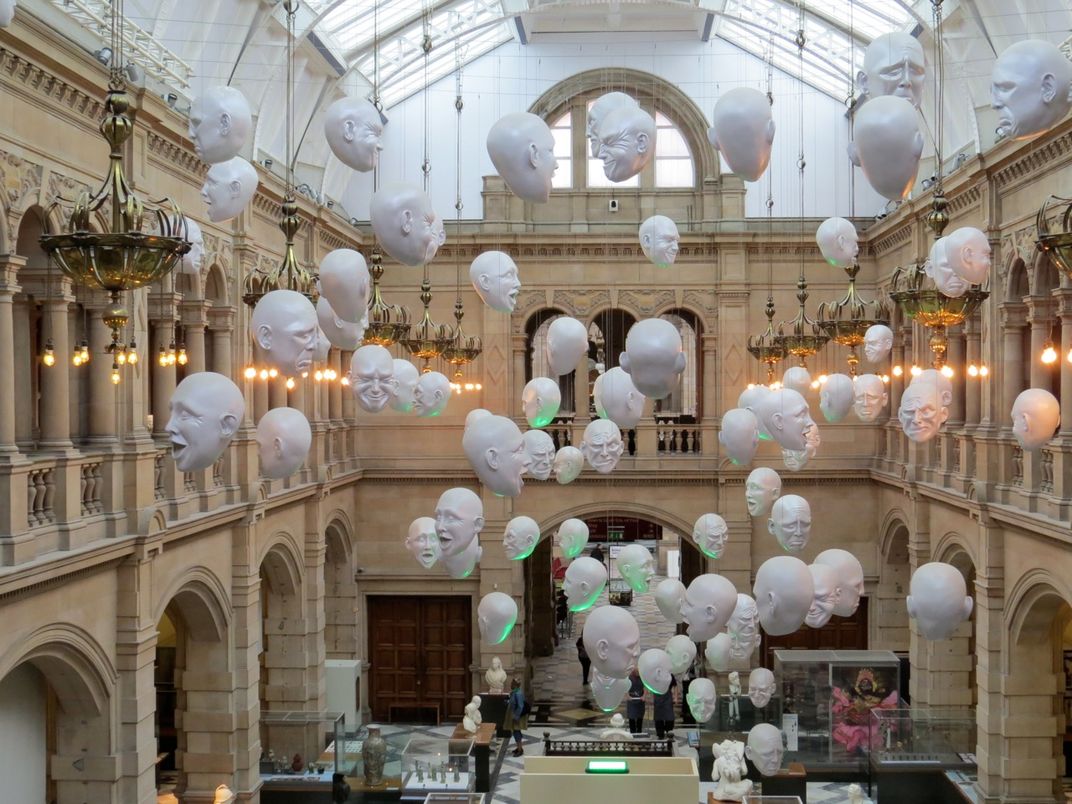
"Floating Heads", Kelvingrove Museum. Credit: Weldon Gimbel
But irreverence and unexpected juxtapositions are intentional in this museum where art and artifacts are arranged thematically to tell stories, raise questions, and draw the public into discussions. One gallery asks, “How do the things we make change our lives -- for better or worse?” Another one considers “How Glasgow Inspires and Infuriates People.” Civic pride spills over in the displays on Glasgow’s International Exhibitions and in the section highlighting the Glasgow Boys, a group of artists who rebelled against the art establishment in the late 19th century and painted ordinary Scottish life in avant-garde ways. A gallery devoted to Charles Rennie Mackintosh and the Glasgow School of Art also celebrates the city’s role in the development of Art Nouveau.
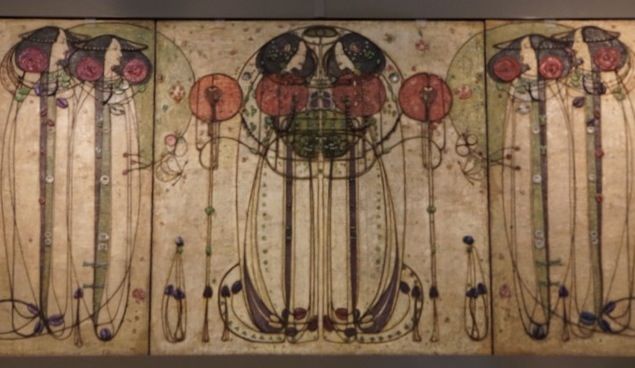
“The Wassail”. Credit: Helen Nakajo
From local pride to national identity, this museum offers insight into different ways Scottish people envision Scottishness. The gallery on “Scottish Identity in Art” specifically explores how popular images of Scotland are linked with the stories of its past. From Robert the Bruce to Sir Walter Scott, we meet the major icons of Scottish culture in these exhibits. But the multiplicity of the stories urges us to look beyond the stereotypes. Their range and variety also warn us that we shouldn’t expect to find a single, unified national consciousness in Scotland today. Being Scottish seems instead to embrace a range of identities as varied and sometimes contentious as the expressions on the faces of the “Floating Heads.” Reflecting on our visit to Kelvingrove a week and a half later, we discuss how this museum in many ways anticipated the themes of our journey in Scotland. Like characters from Sir Walter Scott’s novels, we too crossed over the Highland line by boat at Loch Lomond.
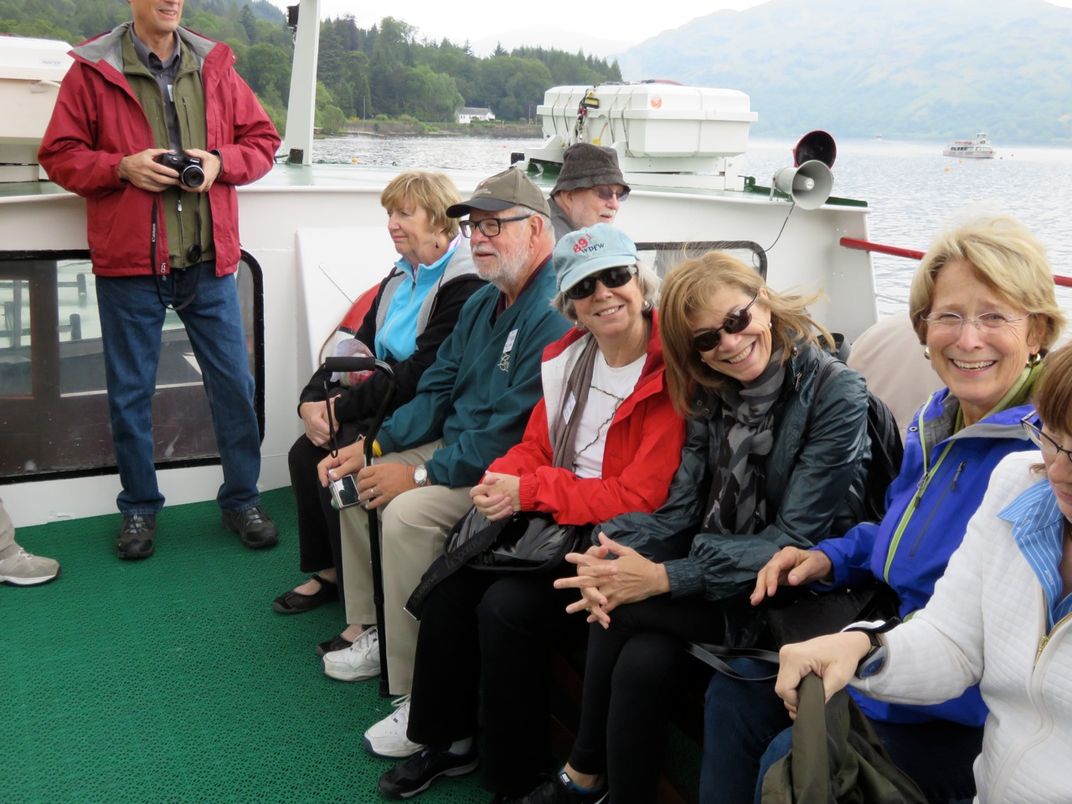
Cruising Loch Lomond. Credit: Janice Gimbel
There we encountered several classic sites of Scottish memory that had been introduced at Kelvingrove. On the slopes of Glencoe, we remembered the mid-winter massacre of Clan MacDonald in 1692.
At the Battlefield and Visitor Centre of Culloden, we gained firsthand knowledge of the weapons wielded by the Jacobite troops in 1746.
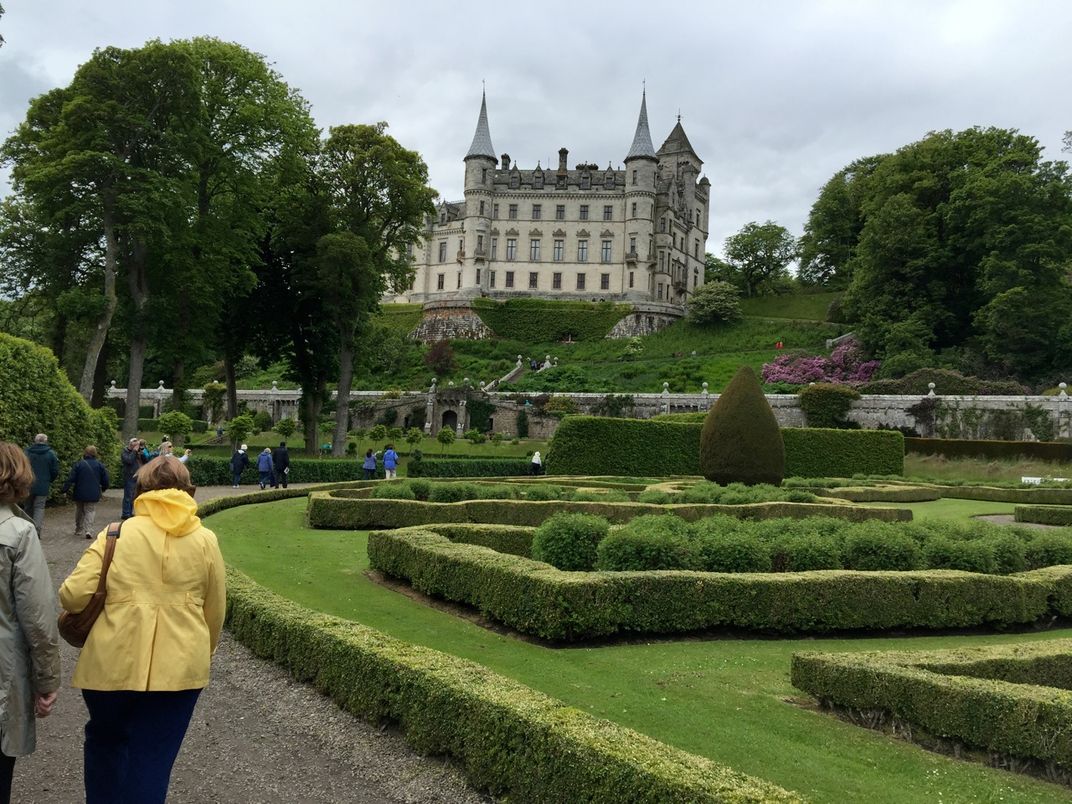
Dunrobin Castle. Credit: Chris Miller
And at Dunrobin Castle, we wandered the rooms, gardens and private museum of the Sutherland family seat. As we’d learned, the Sutherland’s treatment of their tenants during the Clearances contrasted sharply with the fairy-tale elegance of their home. But the tragedies evoked at Kelvingrove of Glencoe, Culloden and the Clearances and reinforced on our journey were offset by more positive images. Tassie’s portrait medallions and Donald Dewar’s bust at the museum called to mind the achievements of the Scottish Enlightenment in the eighteenth century and the return of Scotland’s parliament of Edinburgh in the twentieth. And the irreverence we sensed at the museum never flagged during our trip. Everyone we met -- from the falconer at Dunrobin to the shepherd at Kincraig to our whiskey specialists at Pitlochry and Edinburgh -- all seemed to relish a certain very Scottish disregard for conventions. Even the sweet-voiced grandmother in the cèilidh band who sang traditional songs for us had mischief in her eye, relating local plots to topple and demolish the giant statue of the Duke of Sutherland that still stands on Ben Bhraggie.
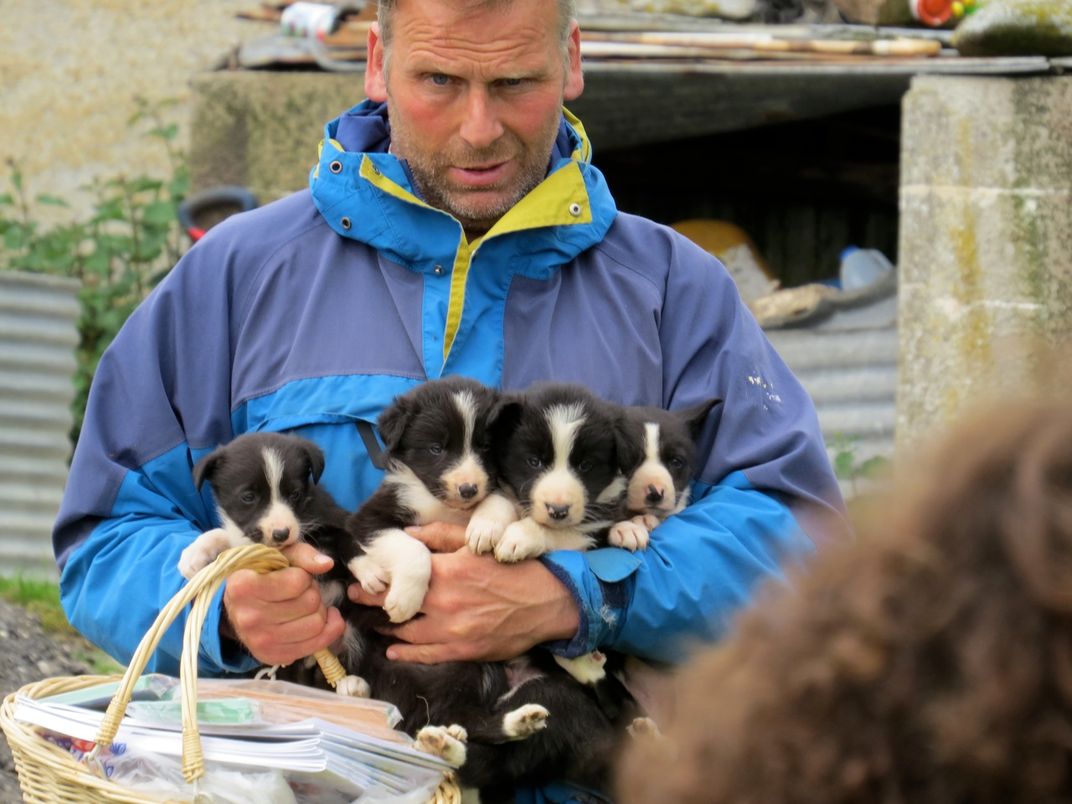
Shepherd at Kincraig. Credit: Weldon Gimbel
Like Kelvingrove, Scotland also seemed full of unexpected juxtapositions. Christian met Viking at the village of Luss for instance, where the hog-backed memorial we found in the churchyard warned against seeing all Norse in Scotland as virgin-snatching heathens.
Past met present at Edinburgh Castle where we encountered the eleventh-century Queen Margaret. And when a road-side sign in Fort William seemed amusing, life impersonated art as some members of our group suddenly decided to act it out.
Irreverent, engaging and full of surprises: Kelvingrove museum did indeed set the tone for this Smithsonian journey of Scotland’s Treasures.

/https://tf-cmsv2-journeys-media.s3.amazonaws.com/journeys/catalog/cover_image/Mar_24_SJ_Cover.jpg)
 Be the First to Know
Be the First to Know